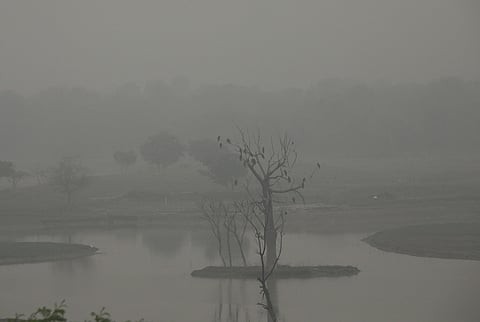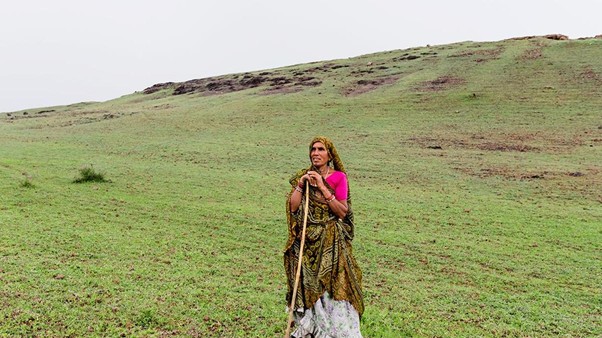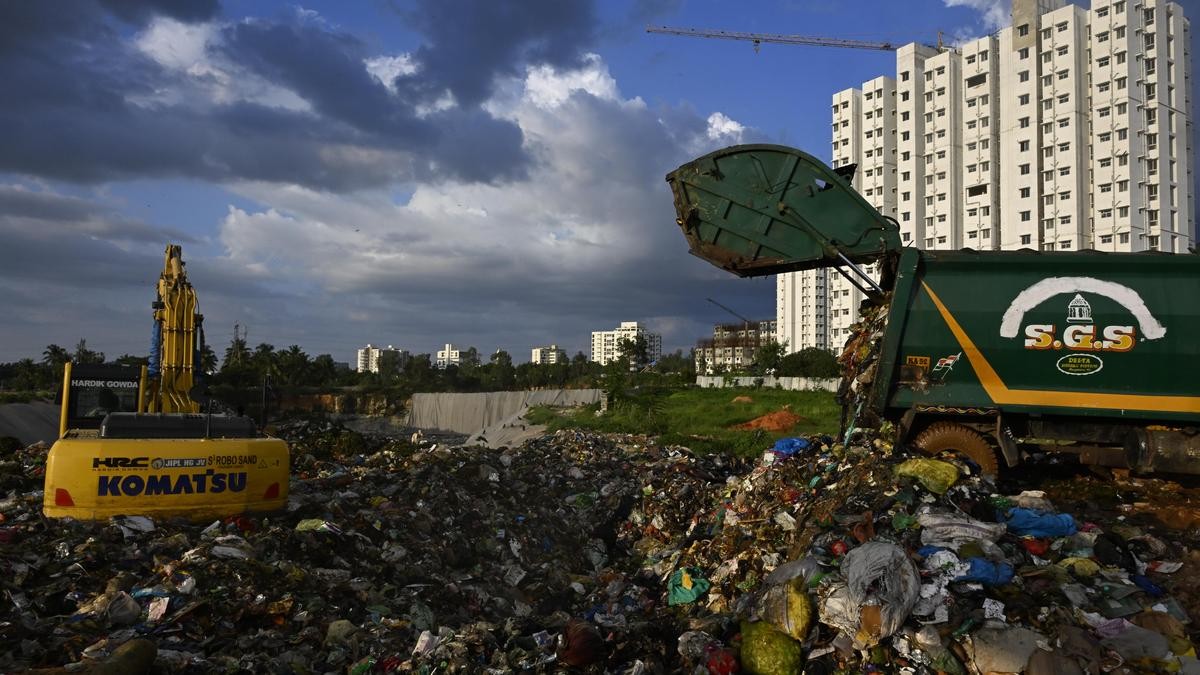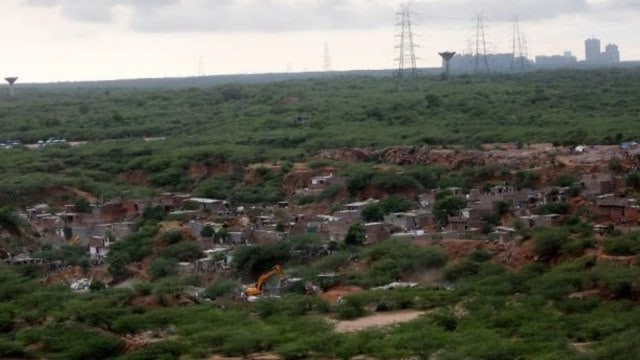




Disclaimer: Copyright infringement not intended.
|
PRACTICE QUESTION Q. With reference to the discovery of a new crustacean species in the Western Ghats, consider the following statements:
Which of the statements given above is/are correct? (a) 1 and 2 only (b) 1, 2, and 4 only (c) 2 and 3 only (d) 1, 2, 3, and 4 Answer: (b) Explanation: ● Statement 1 is correct: The new species discovered is a type of water flea named Bryospilus bharaticus. This tiny crustacean was found in moss growth on the walls of Korigad Fort near Pune. ● Statement 2 is correct: This is the first discovery of the Bryospilus genus in Tropical Asia. The discovery was published in the Journal of Crustacean Biology in September 2024. ● Statement 3 is incorrect: The species was not found in deep ocean waters. Instead, it was discovered in a semi-terrestrial environment, specifically in the thin layer of water on mosses growing on walls. ● Statement 4 is correct: The discovery supports the Western Ghats' status as a biodiverse region with potential Gondwanan relicts. The species' evolutionary history indicates that its ancestors were likely present before the breakup of the supercontinent Gondwanaland around 200 million years ago. |







© 2025 iasgyan. All right reserved